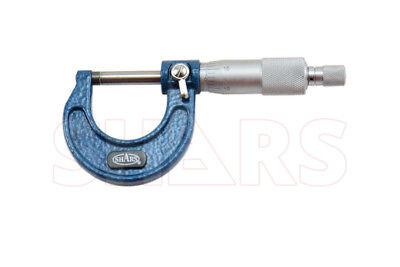Mikecr
Well-Known Member
Even worse than popping(clicking) extraction is when extraction isn't successful with bolt turn. When an action/bolt mis-timing, leaves you pulling backward to try and free a stuck case.. Awful feeling
I'm talking about addressing interference fit from what I refer to as the webline.
This is the earliest widest diameter of a fire formed case.

It's my datum for MyMax(my words) pressure testing.
What happens behind that is another matter to manage with various combinations of causes.
Things that cause webs which should push purely parallel to the chamber to hammer outward, perpendicular to the chamber.
Excess breech clearance, excess headspace w/a wet/oily chamber, soft cartridge brass alloy, and again, weak breech support.
So far when I've run into this, the pockets loosened before I hit extraction issues. That is, while I was not way too high in load pressures.
On benefit of tighter clearances, I can suggest there is not a detriment where planned & pursued correctly. There is a long term consistency benefit in that cases should not be replaced nearly as often, mainly because restoration sizing goes to a whole new level of minimum. I have a fitted 26wssm (mag dia) that requires zero body sizing with SAAMI max loads. Infinite case life.
So if I were a BR shooter, actually competitive or not, I could scratch off that much from the grind.
I'm talking about addressing interference fit from what I refer to as the webline.
This is the earliest widest diameter of a fire formed case.
It's my datum for MyMax(my words) pressure testing.
What happens behind that is another matter to manage with various combinations of causes.
Things that cause webs which should push purely parallel to the chamber to hammer outward, perpendicular to the chamber.
Excess breech clearance, excess headspace w/a wet/oily chamber, soft cartridge brass alloy, and again, weak breech support.
So far when I've run into this, the pockets loosened before I hit extraction issues. That is, while I was not way too high in load pressures.
On benefit of tighter clearances, I can suggest there is not a detriment where planned & pursued correctly. There is a long term consistency benefit in that cases should not be replaced nearly as often, mainly because restoration sizing goes to a whole new level of minimum. I have a fitted 26wssm (mag dia) that requires zero body sizing with SAAMI max loads. Infinite case life.
So if I were a BR shooter, actually competitive or not, I could scratch off that much from the grind.
Last edited:


